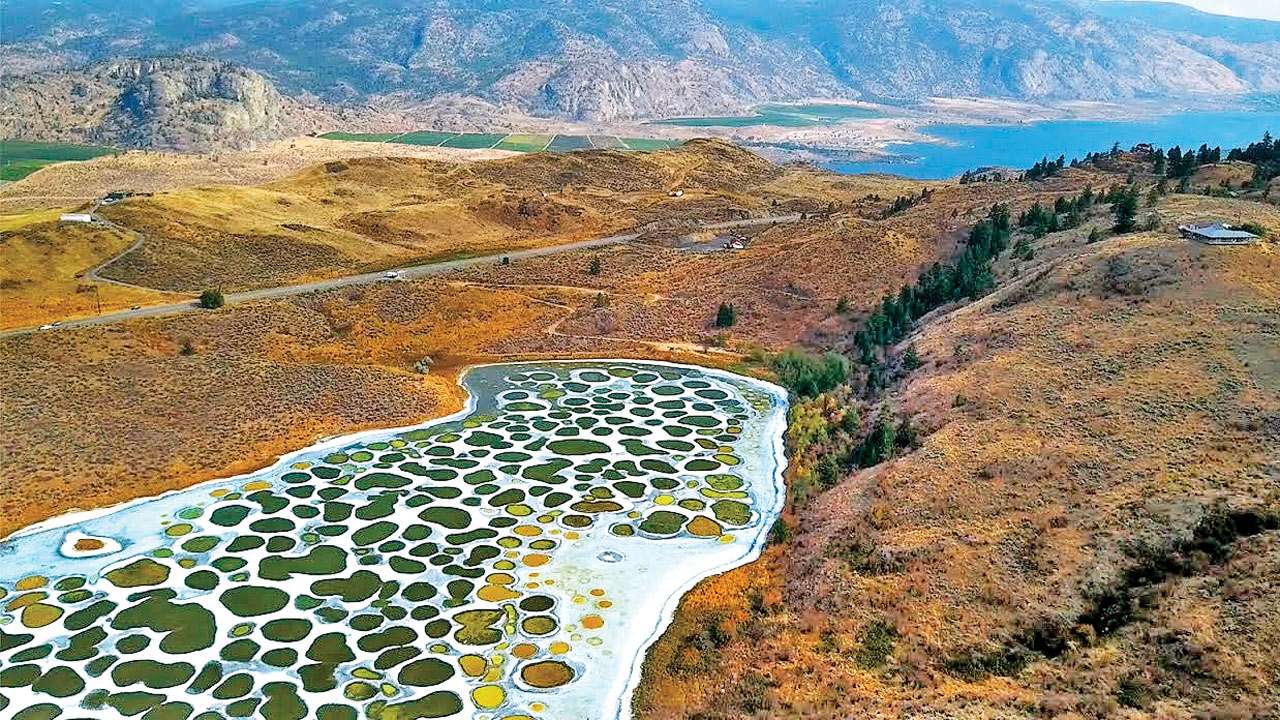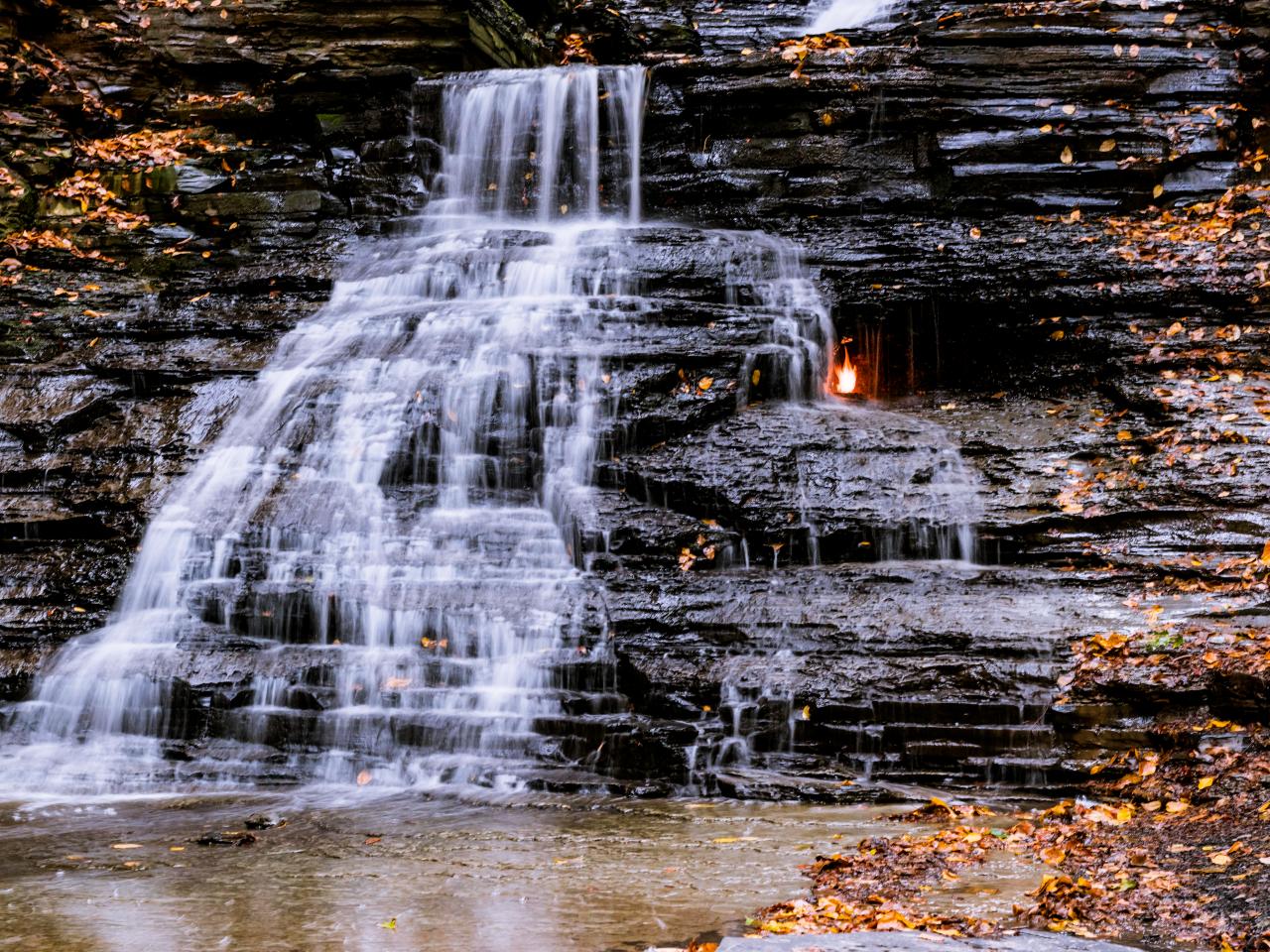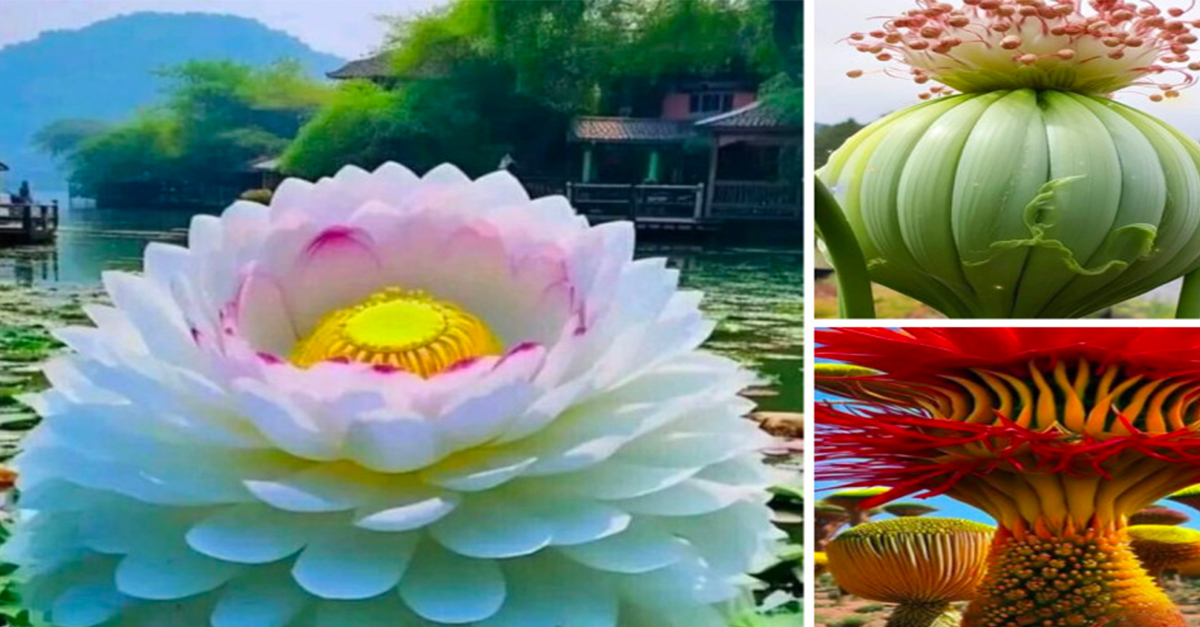Nature has gifted humanity with countless magnificent wonders, and these breathtaking vistas are undoubtedly the most beautiful and unique on Earth.
These natural wonders not only make us feel the magic and beauty of nature, but also make us appreciate and cherish the ecological environment on Earth.
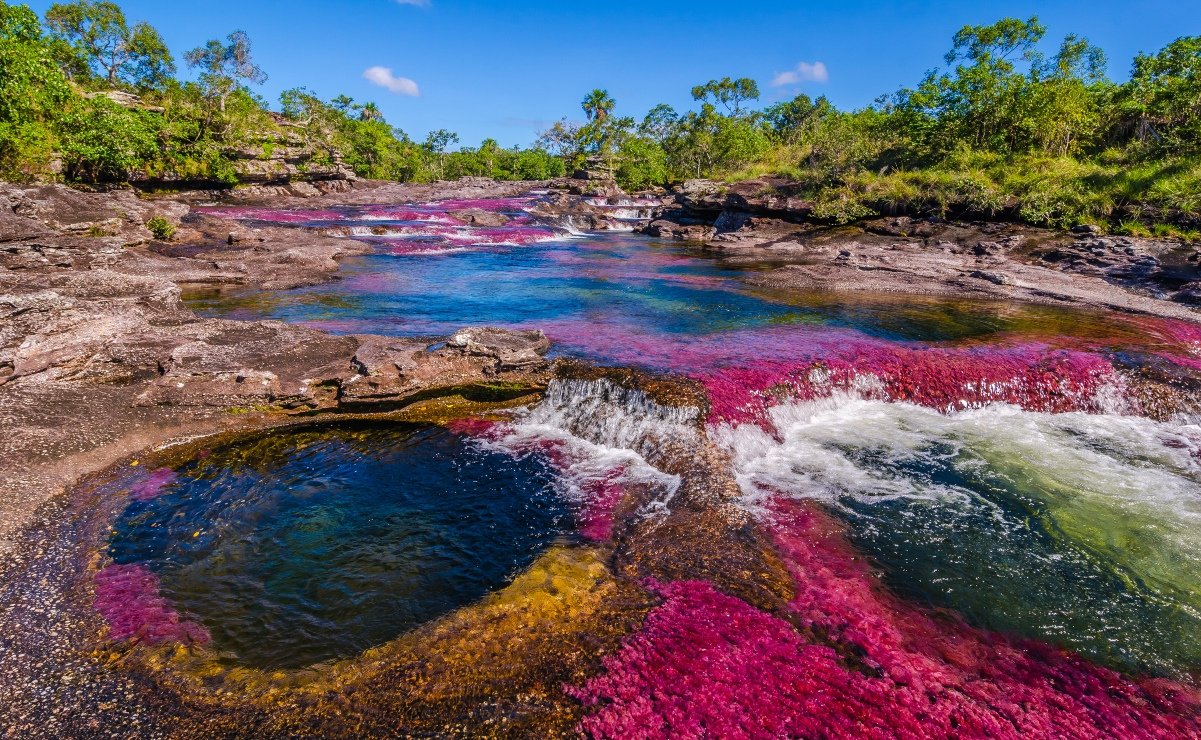
Cano Cristales River, Colombia: Often called the “River of Five Colors” or “Liquid Rainbow,” the eye-catching yellow, green, blue, black and red colors of the Cano Cristales River are created by the fixation of vegetation objects on the Cano Cristales riverbed. Locals believe that the river flows from the “Garden of Eden”. Many tourists also rate this as one of the most beautiful rivers on Earth.
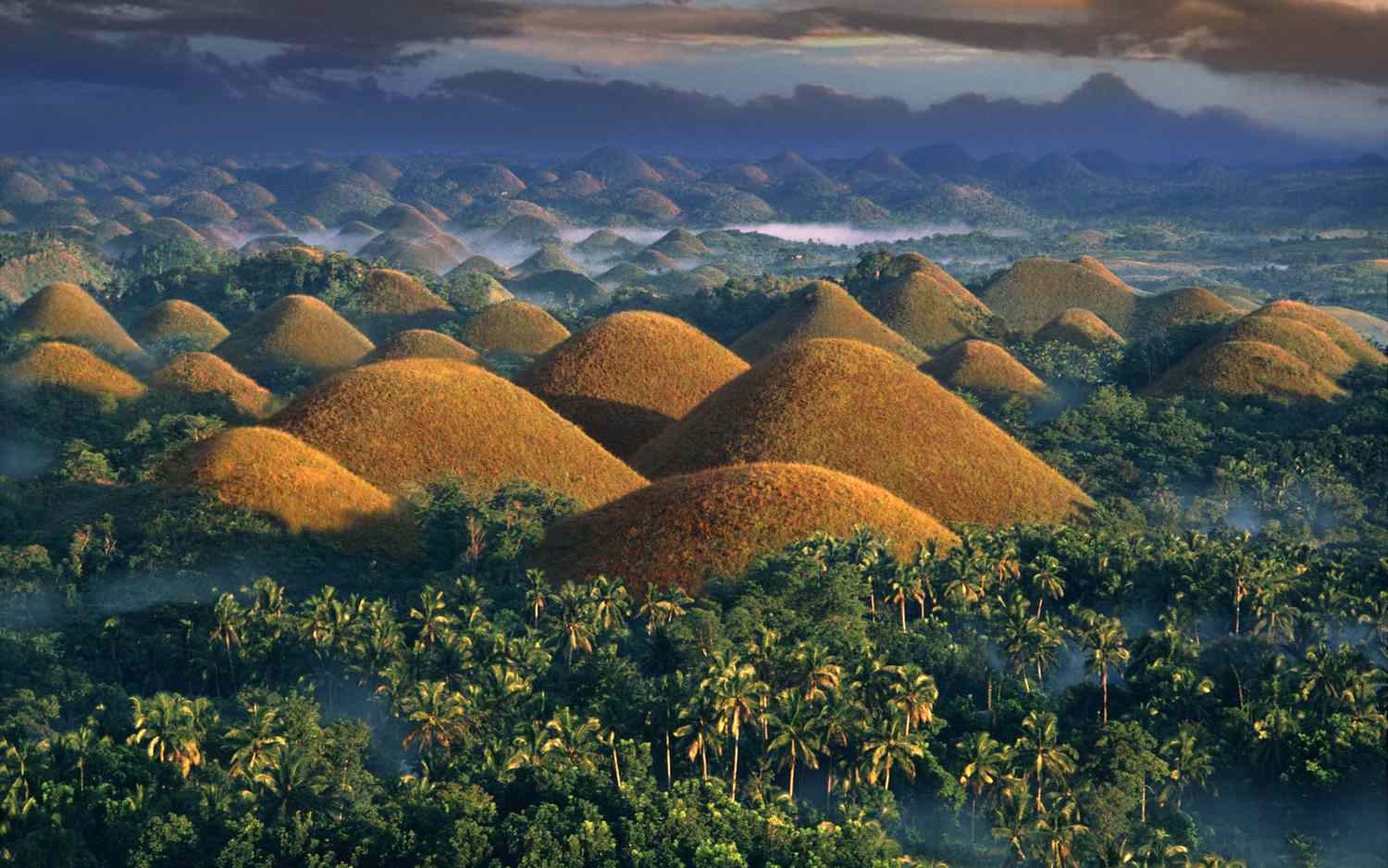 Chocolate Hills – Chocolate Hills in the Philippines: Legend has it that the Chocolate Hills in Bohol, Philippines are the tears of a giant named Alogo, who cried in grief after losing his lover. Those water drops form scattered hills. Some people say these hills look like Hershey’s Chocolate Kiss – a type of Chocolate candy. The name Chocolate Hills originates from here.
Chocolate Hills – Chocolate Hills in the Philippines: Legend has it that the Chocolate Hills in Bohol, Philippines are the tears of a giant named Alogo, who cried in grief after losing his lover. Those water drops form scattered hills. Some people say these hills look like Hershey’s Chocolate Kiss – a type of Chocolate candy. The name Chocolate Hills originates from here.
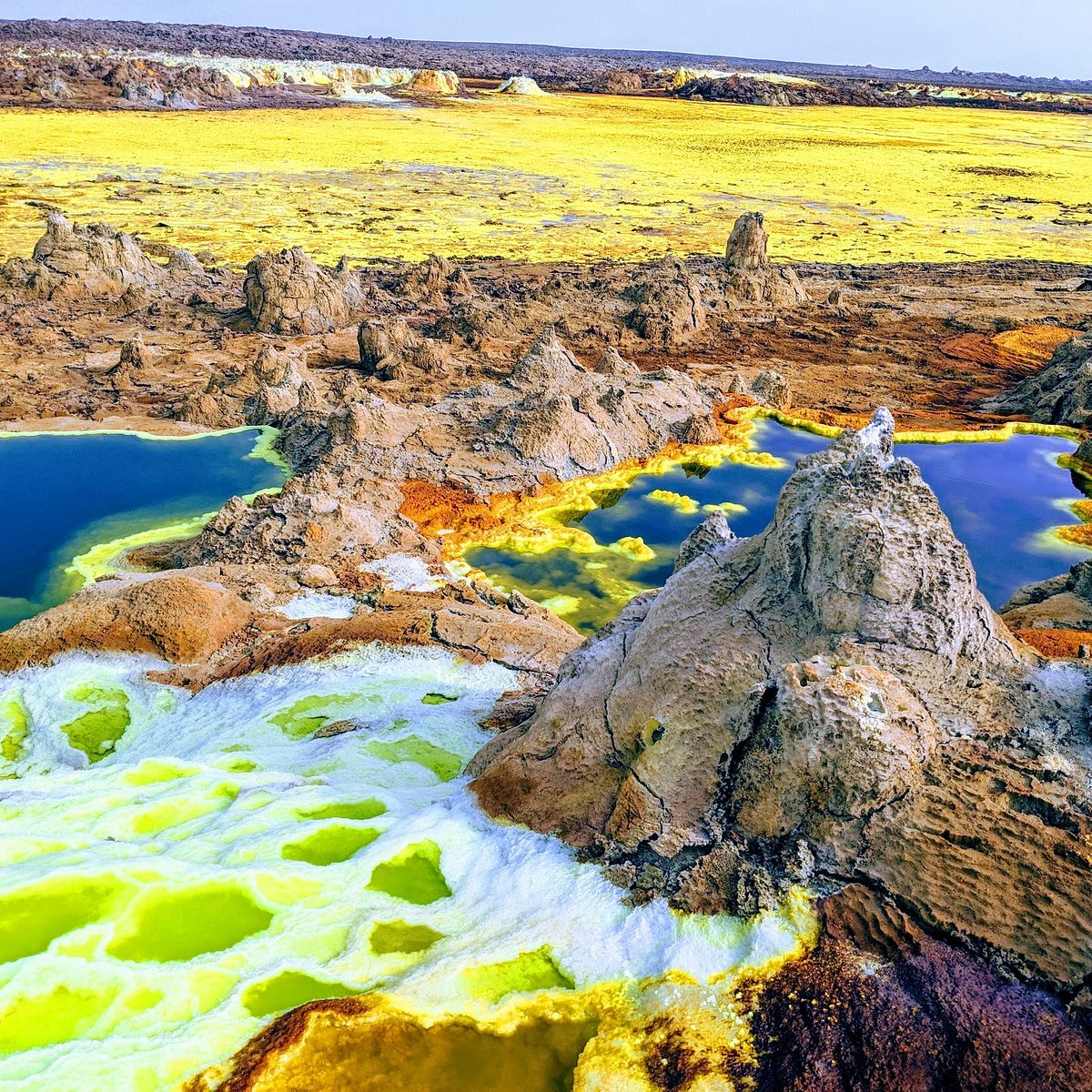 Danakil Depression, Ethiopia: The Danakil Depression in Ethiopia is located 124 meters below sea level, making it one of the lowest places in the world. At the same time, this is also one of the hottest places in the world, winter temperatures are always higher than 40 degrees Celsius and precipitation is extremely scarce. However, the temperature of the mercury can sometimes reach up to 50°C. This hot spring is rich in sulfur, bubbling lava, and thick salt formations await explorers. From the Pleistocene to 30,000 years ago, Red Sea water periodically flooded the Danakil Depression, then evaporated, leaving a layer of salt and sediment 2 km thick on the surface. Below the salt layer lies the magma reservoir of the Dallol volcano, so the freshwater that infiltrates from the surrounding highlands is filled with minerals and acid gases. “The interaction between water, magma and salt fossils is the source of all the extreme chemical and physical parameters in this area,” explains Barbara Cavalazzi, a geologist at the University of Bologna, Italy. . However, the temperature, salinity and acidity conditions here reach levels that are lethal to most organisms that exist elsewhere on Earth, and life can survive in extremely harsh environments. harsh.
Danakil Depression, Ethiopia: The Danakil Depression in Ethiopia is located 124 meters below sea level, making it one of the lowest places in the world. At the same time, this is also one of the hottest places in the world, winter temperatures are always higher than 40 degrees Celsius and precipitation is extremely scarce. However, the temperature of the mercury can sometimes reach up to 50°C. This hot spring is rich in sulfur, bubbling lava, and thick salt formations await explorers. From the Pleistocene to 30,000 years ago, Red Sea water periodically flooded the Danakil Depression, then evaporated, leaving a layer of salt and sediment 2 km thick on the surface. Below the salt layer lies the magma reservoir of the Dallol volcano, so the freshwater that infiltrates from the surrounding highlands is filled with minerals and acid gases. “The interaction between water, magma and salt fossils is the source of all the extreme chemical and physical parameters in this area,” explains Barbara Cavalazzi, a geologist at the University of Bologna, Italy. . However, the temperature, salinity and acidity conditions here reach levels that are lethal to most organisms that exist elsewhere on Earth, and life can survive in extremely harsh environments. harsh.
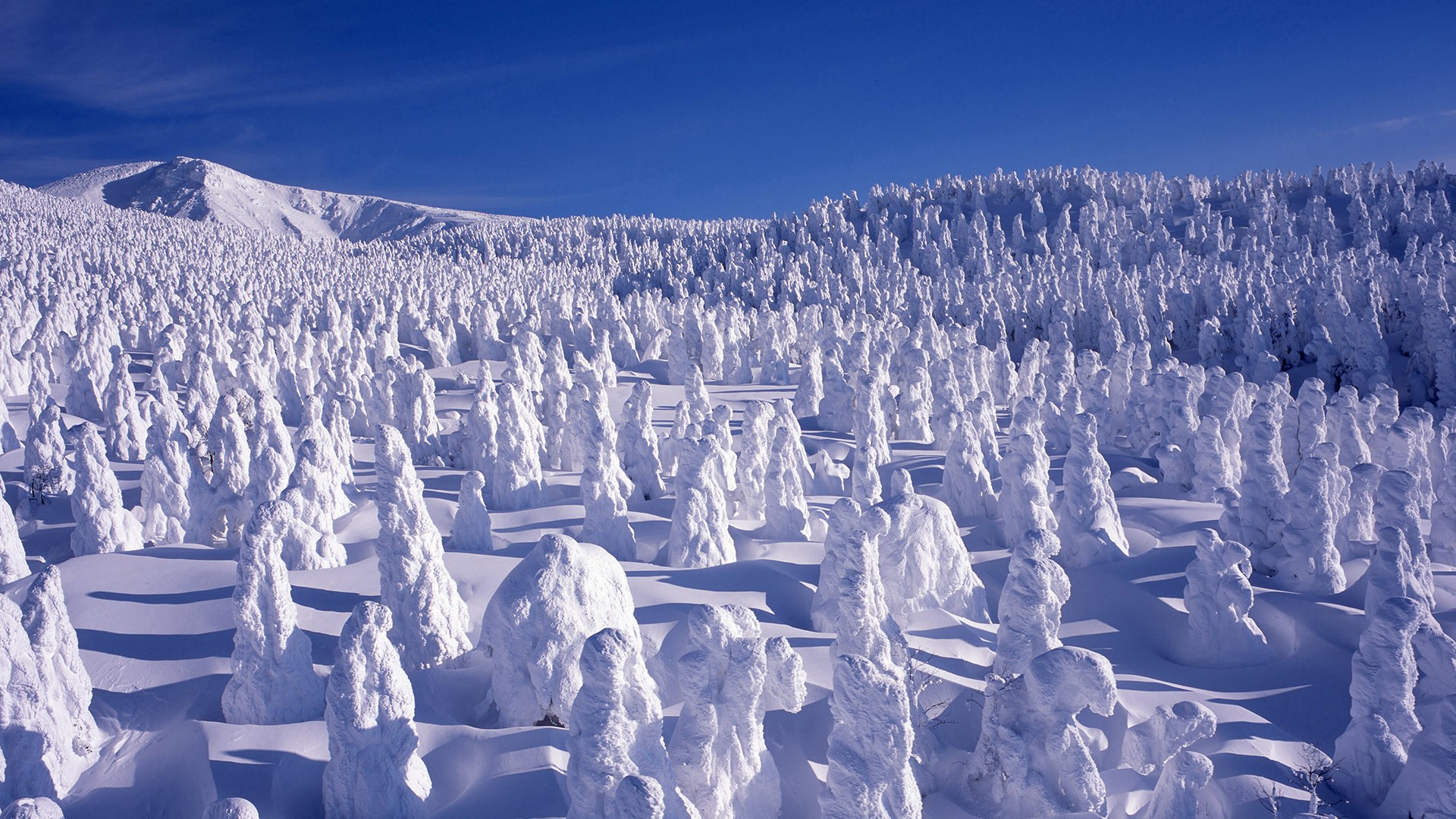
Mount Zao, Japan: Mount Zao is one of the most famous mountains in Japan, famous for its “snow monsters”. They are strange shapes that appear in the middle of winter, forming after ice begins to accumulate on trees and is then covered with snow. This entire strange human forest is enough to make anyone shiver.
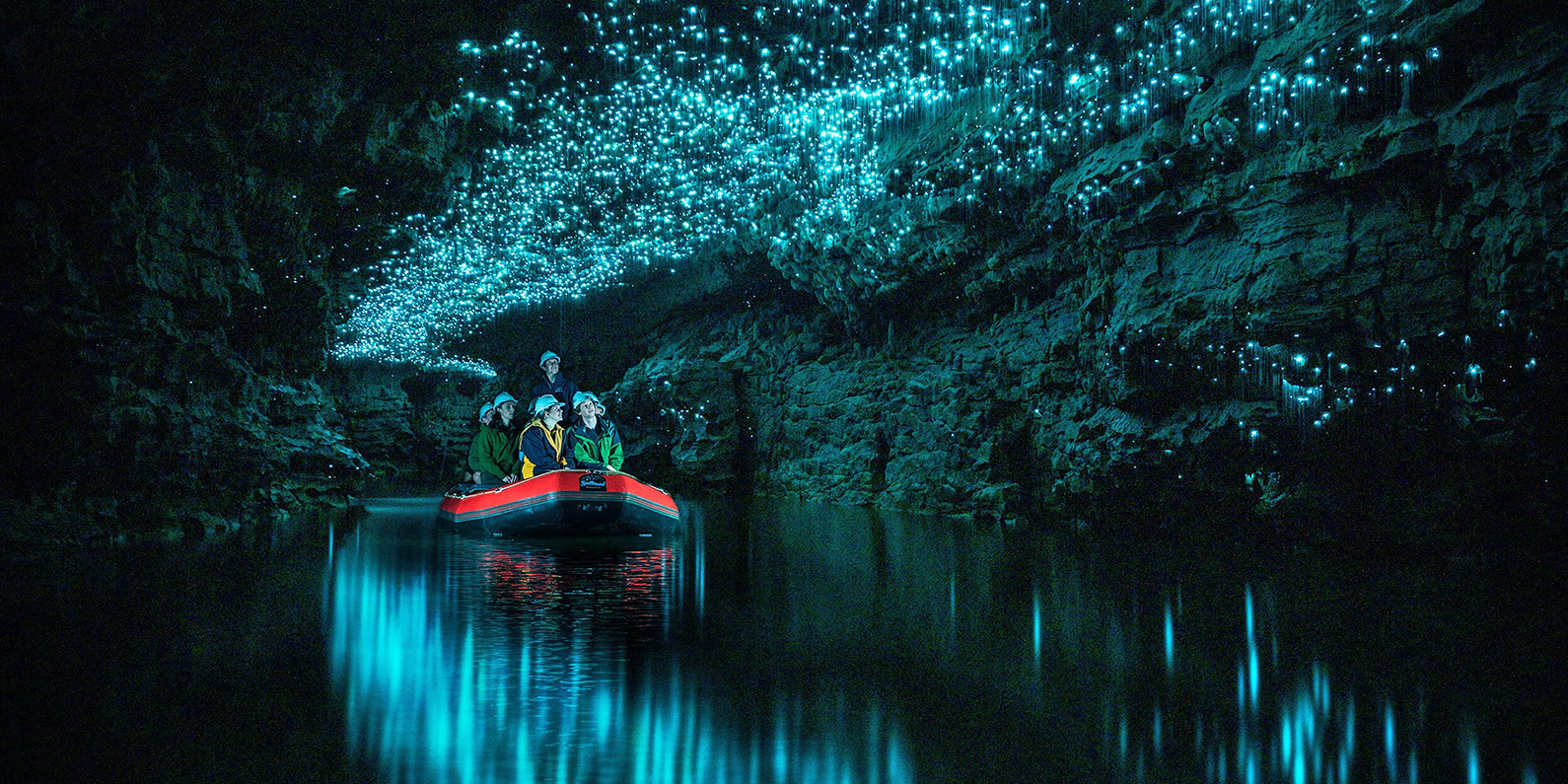
Waitomo Glowworm Cave, New Zealand: Visitors to Waitomo Glowworm Cave will be attracted by thousands of glowing fireflies. They emit blue light mixed with a bit of green. Local travel companies often organize tours such as watching fireflies by boat.
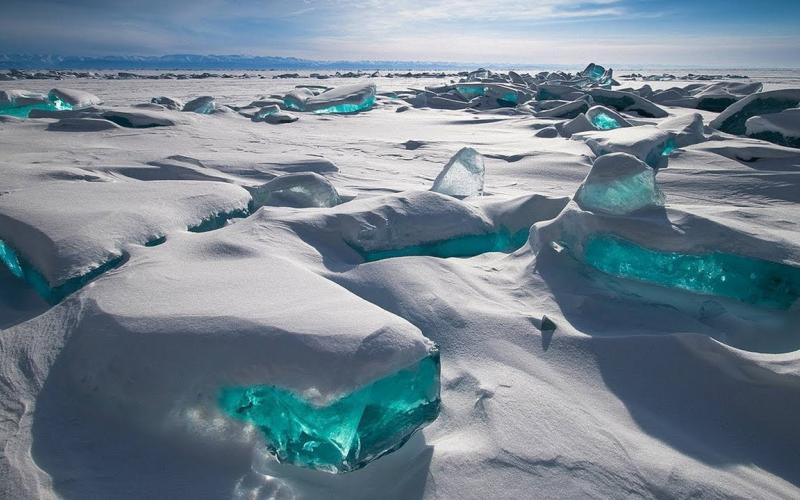
Lake Baikal, Russia: This is the largest freshwater lake in the world and is especially charming in winter. The ice season usually begins in mid-January and lasts until mid-April, offering visitors stunning views of the transparent turquoise ice glistening in the Siberian sun.
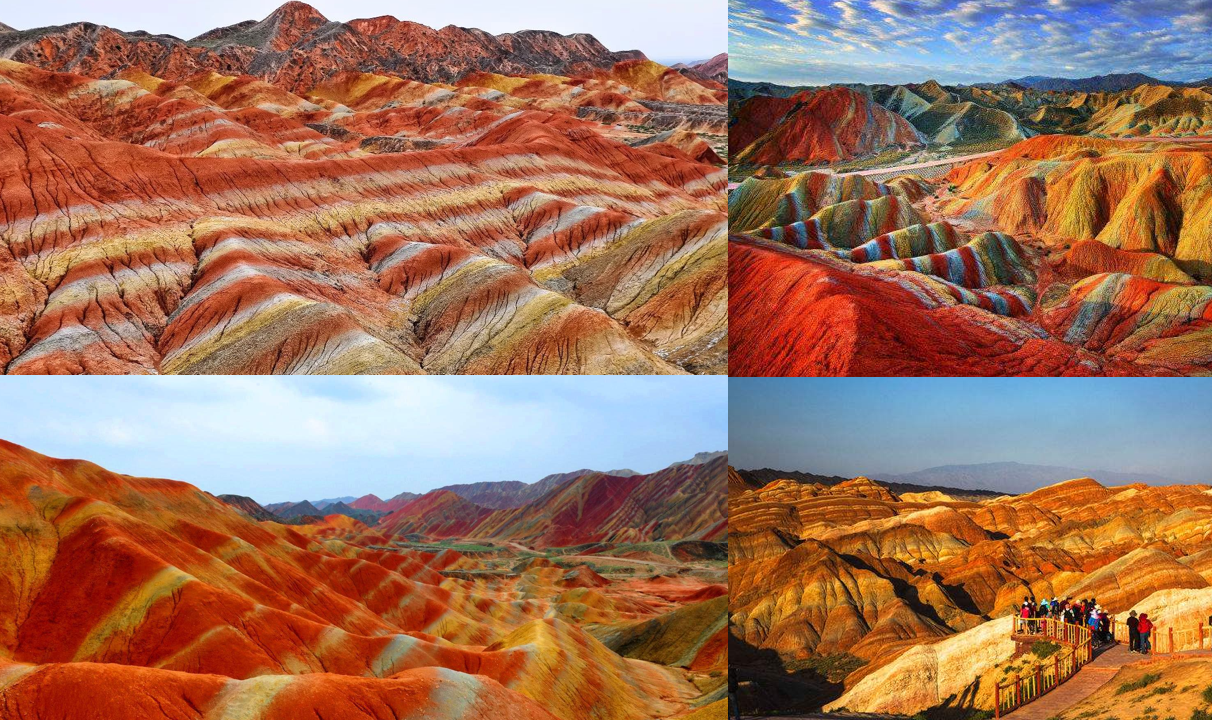
Zhangye National Geopark: The landscape of Zhangye National Geopark is sometimes soft, sometimes sharp, with tones of coffee, ginger and cinnamon. It is like a 24 million year old cake with a special and charming beauty.
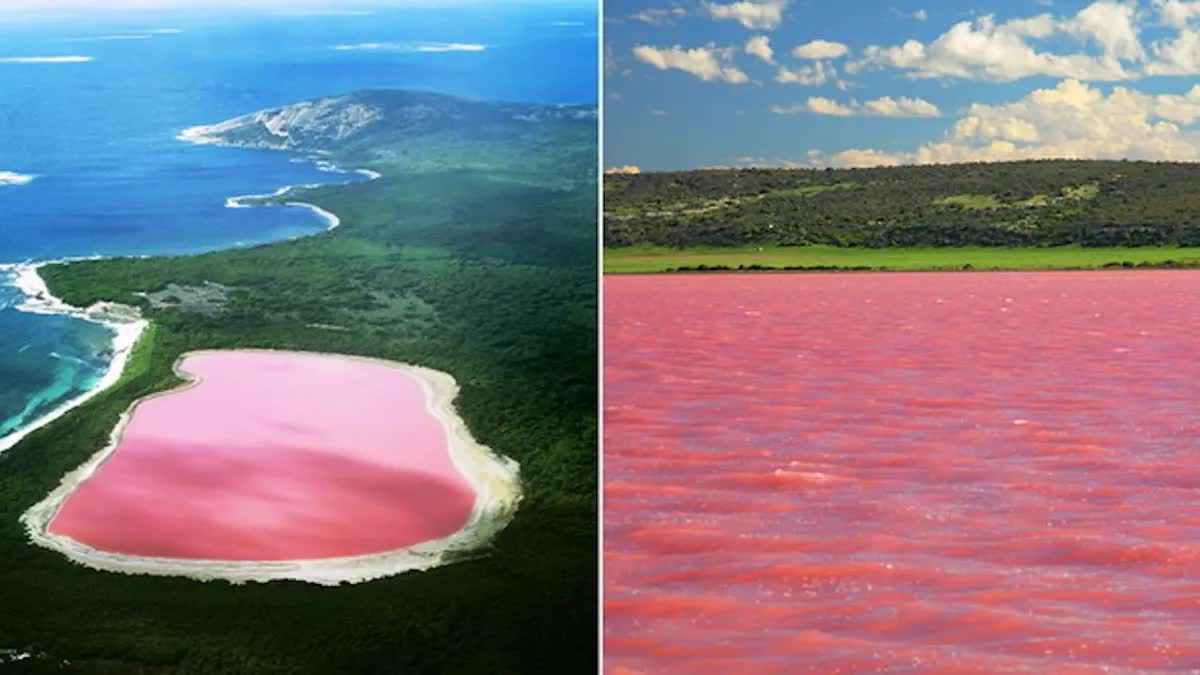
Lake Hillier, Australia: Located on the edge of Middle Island off the coast of Western Australia, Lake Hillier is the world’s most famous salt lake with its bubblegum pink color. This color of the lake does not change even when you take water from the lake into a tank. Experts believe the color is caused by an organism called Dunaliella salina in the lake water, a type of green bacteria. The analysis also revealed the presence of different bacterial species in the lake water. Despite its high salt content, Lake Hillier is safe for swimming. However, this action is prohibited for reasons of preserving rare microorganisms in the lake and the best way to enjoy the lake is to see it from the air.
